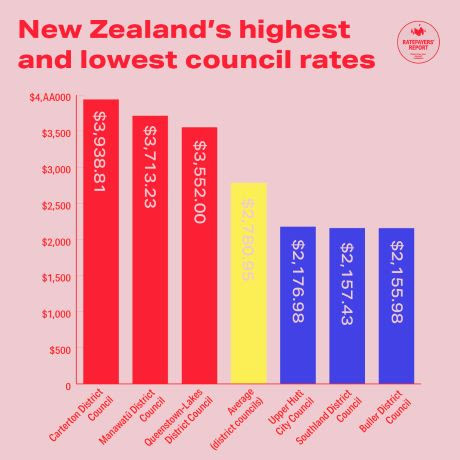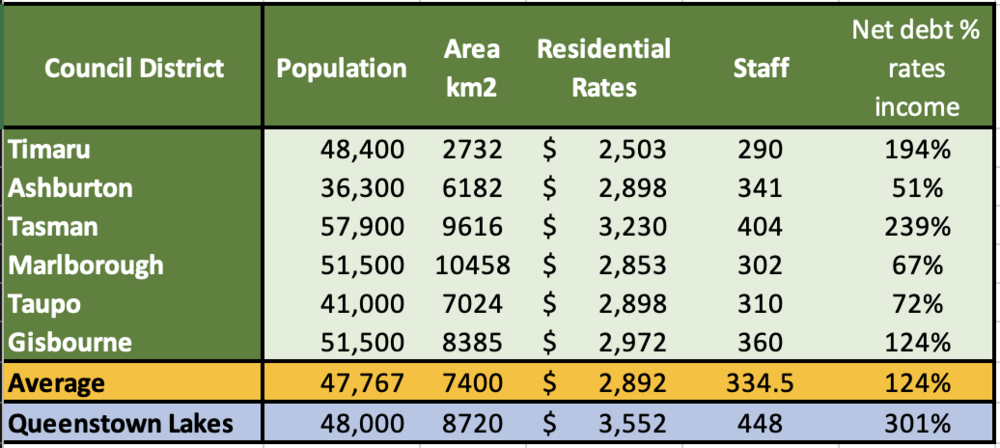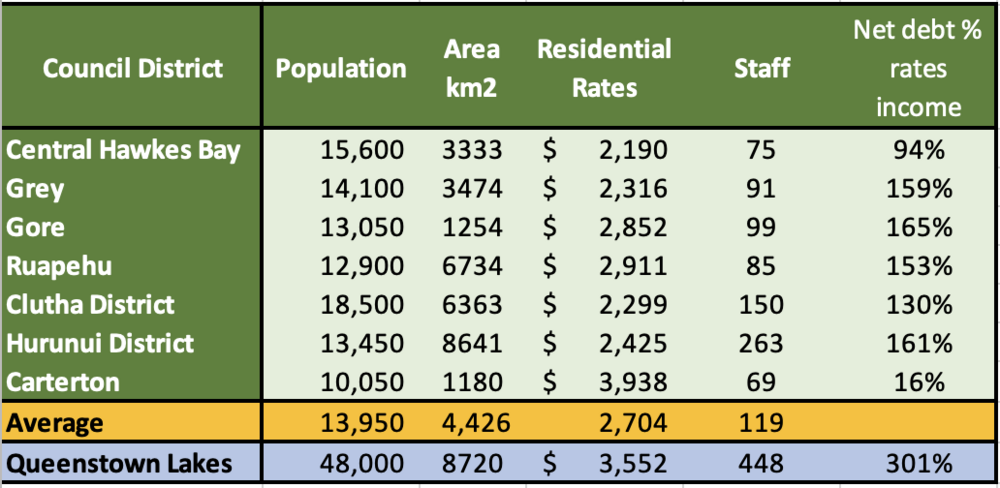QLDC makes the podium for highest rates in New Zealand
Tony O'Regan
04 August 2023, 5:04 PM
 QLDC rates are the third highest in the country. PHOTO: Wānaka App
QLDC rates are the third highest in the country. PHOTO: Wānaka AppQueenstown Lakes residents are well aware of the cost of rates following a recent announcement of a 14.2 percent rate increase in the district's annual plan.
It has now been confirmed this district’s rates are among the highest in the country, coming in third in the recently released Ratepayers Report.
The report, released on Friday (August 4) by the New Zealand Taxpayers Union, shows the average residential rates in the district are $3,552 per annum, with just Carterton District Council ($3,938) and Manawatu District Council ($3,713) coming in higher.

The average residential rates in New Zealand are $2,781 while the lowest average residential rates in New Zealand are in Buller District Council ($2,156), closely followed by Southland District Council ($2,157).
Read more: Proposed rates increase jumps again
The Wānaka App compared the Queenstown Lakes District Council (QLDC) to other similarly sized councils around the country and residential rates are, on average, 22.8 percent higher.
QLDC also has 34 percent more council staff than the average for similar districts, one staff member for every 45 households.
South Waikato and Selwyn District Councils have the highest number of staff on a per-household basis, a staff member for every 24 and 25 households, respectively. In contrast, Thames-Coromandel District Council serves 120 households for each of its staff members.
QLDC has 27.66 percent (124) of its staff earning more than $100,000 per annum with 11 on more than $200,000.

The QLDC has higher rates, more staff, and worse debt ratios than similarly sized councils. TABLE: Wānaka App
For those advocating that the Upper Clutha split from the QLDC and form its own council, there is mixed news. On average councils with populations similar to the Upper Clutha have rates that are 24 percent lower averaging $2,704, however, smaller is not necessarily better as residential rates gold medallist Carterton has proved.

Councils of a similar size to the Upper Clutha have lower rates than the QLDC. TABLE: Wānaka App
The Ratepayers’ Report is produced by the New Zealand Taxpayers’ Union each year. It serves as a tool for Kiwis to compare rates, staffing metrics and debt levels from councils all over the country. Data is collated from Local Government Official Information and Meetings Act (LGOIMA) requests and council annual reports.
The report said the QLDC did not respond to questions on consultant numbers and consultant expenditure.







